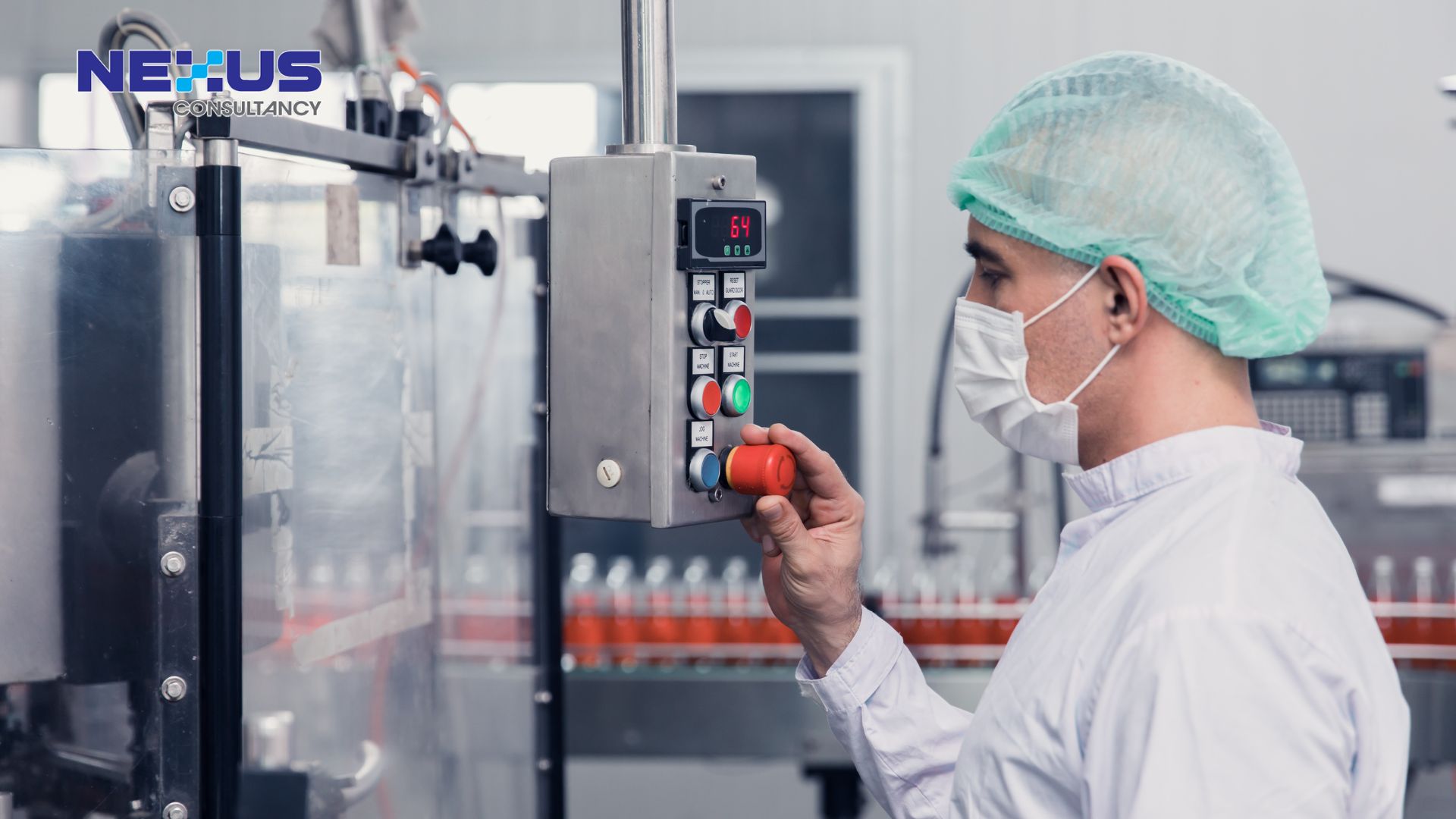
Cynthia Wong
Management Consultant
Controlling CCPs and managing food safety management systems sustainably is essential in ensuring the safety and quality of food products.
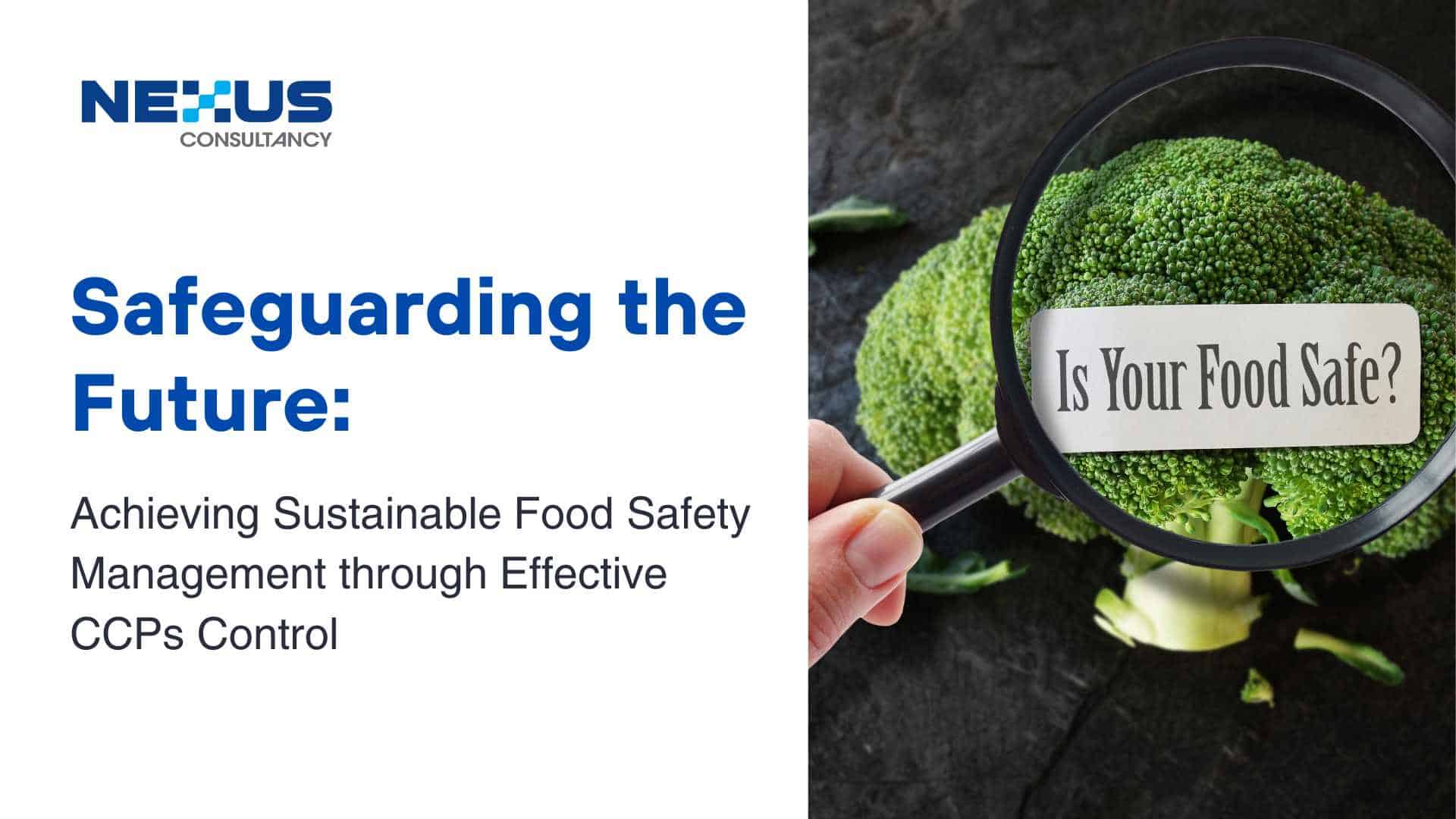
Controlling Critical Control Points (CCPs) is a crucial aspect of food safety management systems, and it is essential to maintain sustainability to ensure the continued success of any food production business. CCPs are specific points in the food production process where hazards can occur, and control measures must be implemented to prevent or eliminate these hazards. Here are some ways to effectively control CCPs and manage food safety management systems sustainably.
Conduct a Hazard Analysis
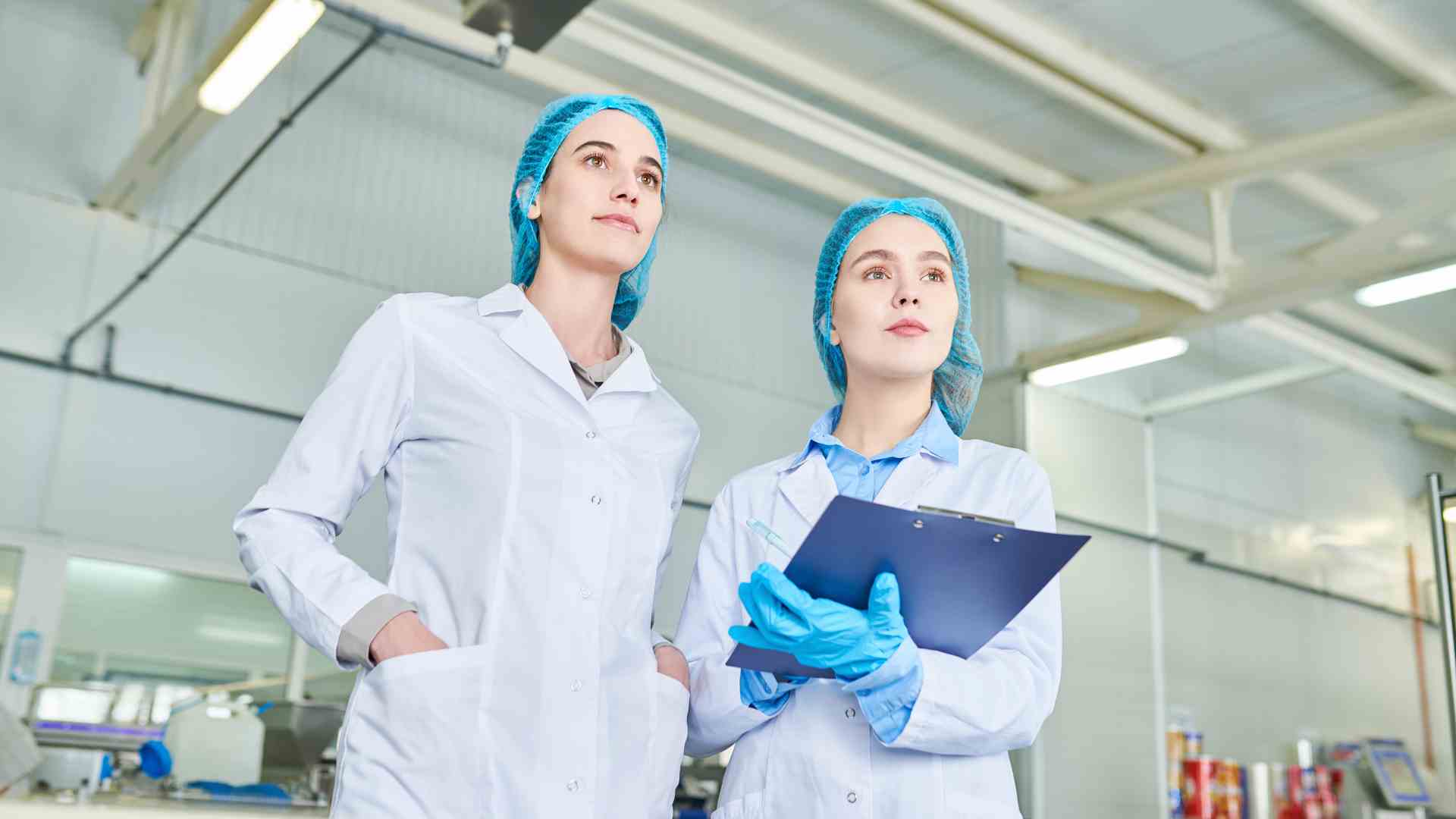
Before implementing a food safety management system, it is important to conduct a hazard analysis. This analysis will identify potential hazards at each stage of the production process and determine which hazards are significant enough to require control measures. The hazard analysis should be reviewed regularly to ensure that it remains up-to-date.
Implement Control Measures
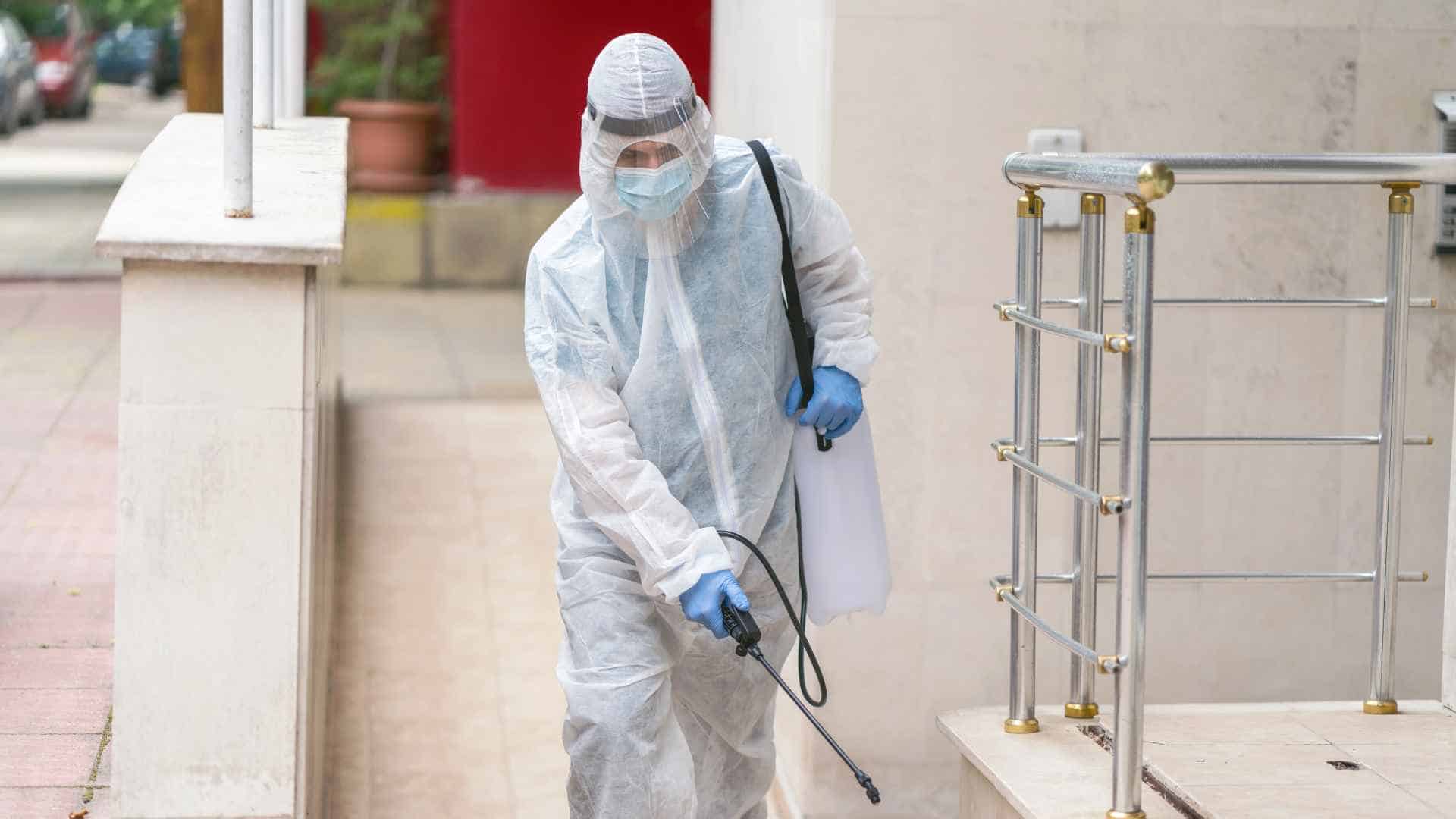
Once potential hazards have been identified, control measures should be implemented to prevent or eliminate them. These control measures should be specific to each hazard and should be designed to maintain the safety and quality of the product. Control measures may include modifying the process, using specific equipment, or implementing sanitation procedures.
Monitor CCPs Regularly
Monitoring CCPs regularly is critical in maintaining the safety and quality of the product. Monitoring should be designed to detect deviations from critical limits in real-time and should allow for immediate corrective actions to be taken. Monitoring should be carried out regularly and should be simple, reliable, and easily understood by all personnel involved in the production process.
Take Corrective Actions
If a deviation from the critical limit is detected, corrective actions must be taken to bring the process back under control. Corrective actions should be defined in advance and should be appropriate to the nature and severity of the deviation. Corrective actions may include adjusting the process, increasing sanitation procedures, or conducting equipment maintenance.
Establish Verification Procedures
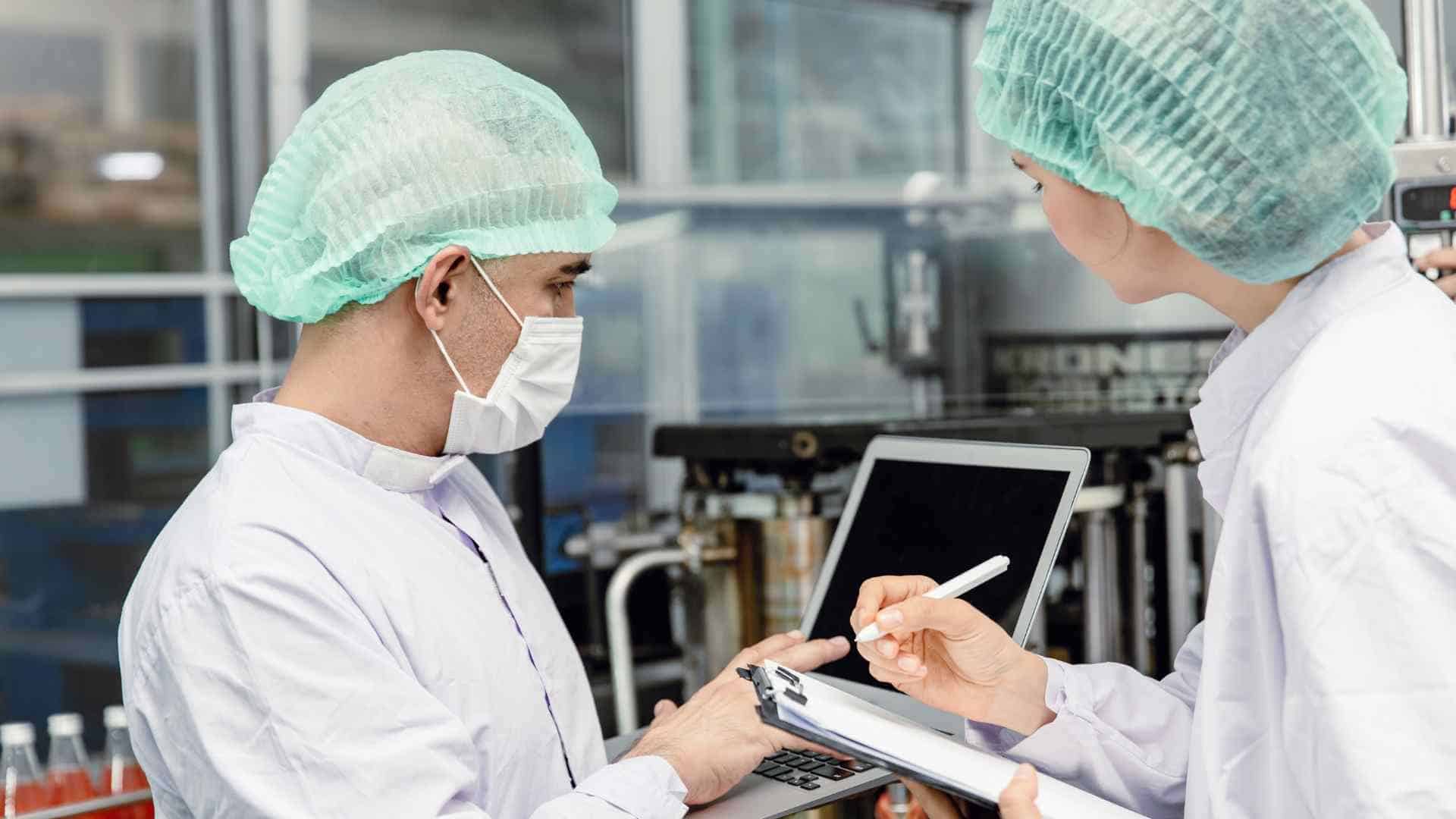
Verification procedures are necessary to ensure that CCPs are working effectively. Verification may involve testing the product or the process, reviewing records, or conducting audits. Verification procedures should be designed to detect any potential issues with CCPs and should be carried out regularly.
Train Personnel
Effective CCP control requires a well-trained and informed workforce. All personnel involved in the production process should be trained on the food safety management system, including CCPs, critical limits, monitoring systems, corrective actions, and verification procedures. Training should be ongoing, and refresher training should be provided regularly.
Maintain Documentation

Documentation is crucial in maintaining effective CCP control and food safety management systems. All processes, including hazard analyses, CCPs, critical limits, monitoring systems, corrective actions, and verification procedures, should be documented. The documentation should be easily accessible and should be kept up-to-date.
In conclusion, controlling CCPs and managing food safety management systems sustainably is essential in ensuring the safety and quality of food products. Conducting a hazard analysis, implementing control measures, monitoring CCPs regularly, taking corrective actions, establishing verification procedures, training personnel, and maintaining documentation are all crucial in achieving sustainable food safety management systems. By following these steps, food producers can ensure the safety and quality of their products and protect consumers from foodborne illnesses, while also maintaining sustainability in their production processes.
If you need help identifying CCPs in your food production process, don’t hesitate to contact us for expert guidance and support.





